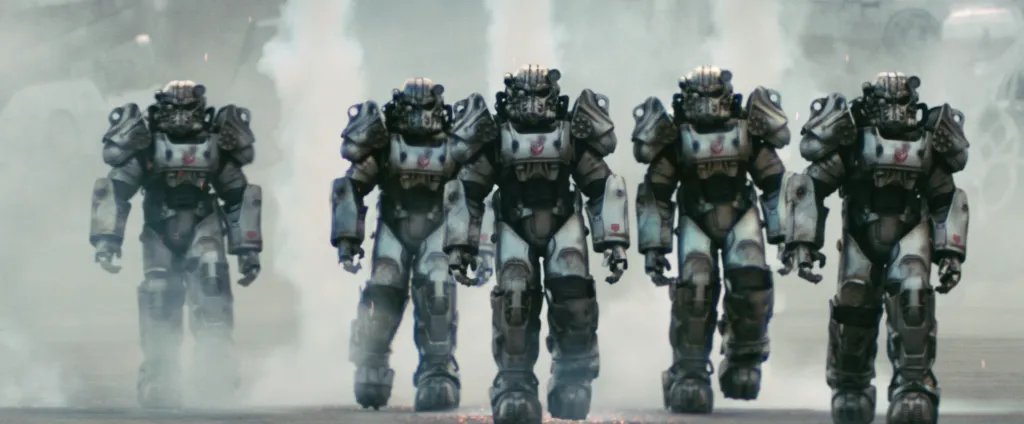A few new View Askew reviews: Clerks (1994)
A friend posted this scene to their Insta stories and it made me smile:
I remember that movie! Their caption, though, was: “Anyone else see this and cry thinking about Clerks III?” I realized that I have not seen Clerks III, and I got nostalgic for Kevin Smith movies. I have always lumped them into “stoner humor” but I have never said that disparagingly. Stoner humor is kind but rude, raw, silly about serious things. I adore stoner humor. A mix of sincere and gross that a lot of other flavors of humor just can’t touch.
I resolved then and there to rewatch at least the Clerks trilogy, and include as many other Kevin Smith films I could find online. So it was written, so mote it be, y’all.
First up: Clerks.
Wow did that not really age well. It was rough going back to 1994, for sure. Dante is such a tight-ass and Randall is a huge jerk. Veronica and Caitlyn are definitely women written by (young) men. And the movie feels like it drags when it should be fast. It’s 94 minutes long! Why does it feel slow?
The setup for the plot, though, rings true. Dante (Brian O’Halloran) is called in to his shitty job at a local convenience store to fill in for a missing co-worker. Anyone who’s had a retail or customer service job can relate, and just that plot point is enough to get me reminiscing about working fast food, or shopping mall, or call center jobs and the sheer hostility me and my co-workers had for the customers and the bonds of friendship formed with fellow wage slaves. The stories I could tell…
And that means the best parts, for me, are the side discussions. The things workers would talk about to get our minds away from the servitude we had to enact on behalf of our bosses and at the hands of our customers. Particularly in tech support, we would recognize conversations like the famous “Death Star II contractors” scene in Clerks where Randall (Jeff Anderson) tries to make the case that the leftist rebels killed innocent plumbers and roofers. Less well-known (or at least, less well-remembered by me) is the response where a random customer interjects that roofers do, in fact, have personal politics and that they are making a political and moral choice to work for known bad actors. Glad to see Kevin Smith undercutting one of his characters’ apolitical stances.
The shenanigans involving Dante disregarding his current girlfriend, Veronica (Marilyn Ghigliotti) and pining over his ex-girlfriend Caitlin (Lisa Spoonauer), I did not find charming now and I vaguely recall being put off by it in 1994, as well, although back in the day I was more inclined to think I was the one out of step with the times; Dante’s prudishness about what his girlfriend did matched the attitudes my other male friends displayed back then. It was a different time, y’all, for sure.
It was a rough start for a filmmaker but there is still a core identity here: the working-class humor and frustration of working bad low-paying jobs. That’s what I connected with back then, and that’s the part I still resonate with today. In retrospect, I would give this a solid 3 out of 5 stars.
Next: Mallrats.


